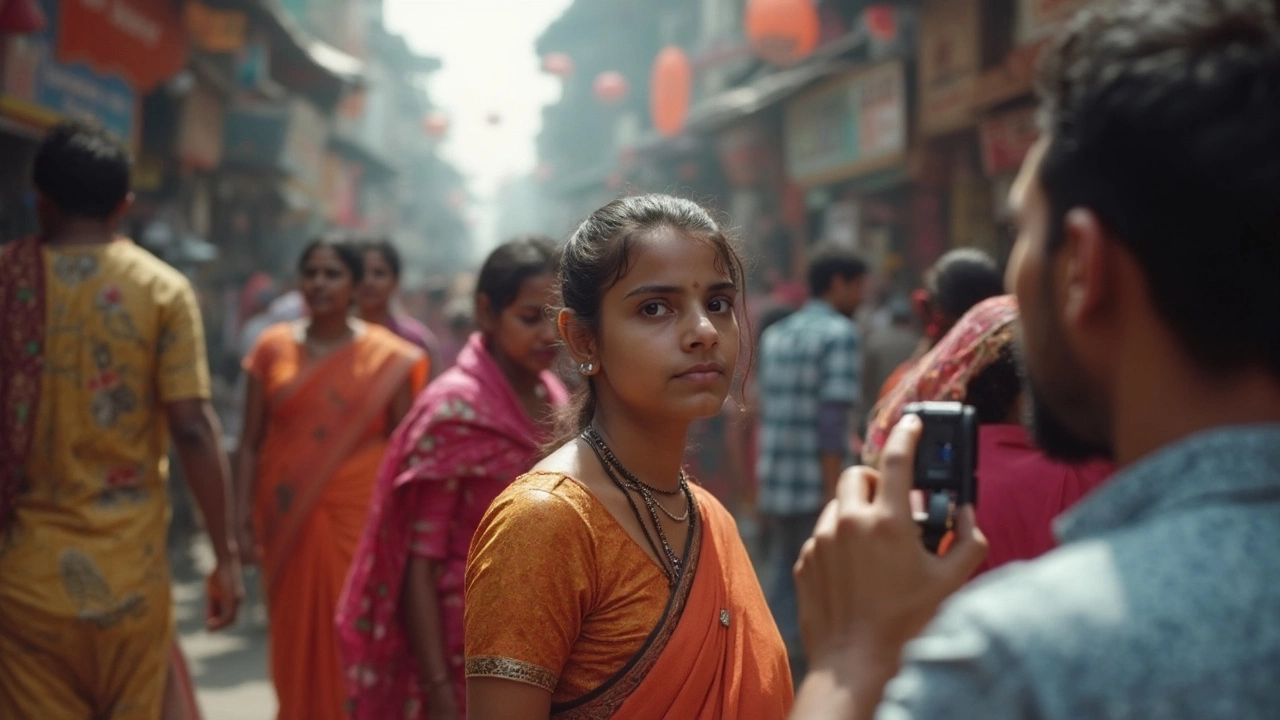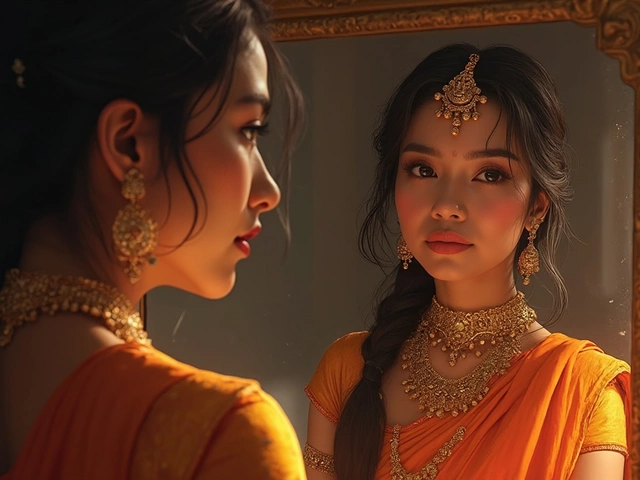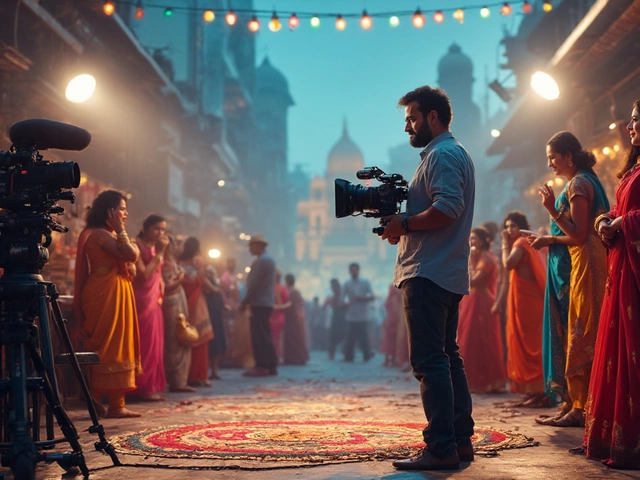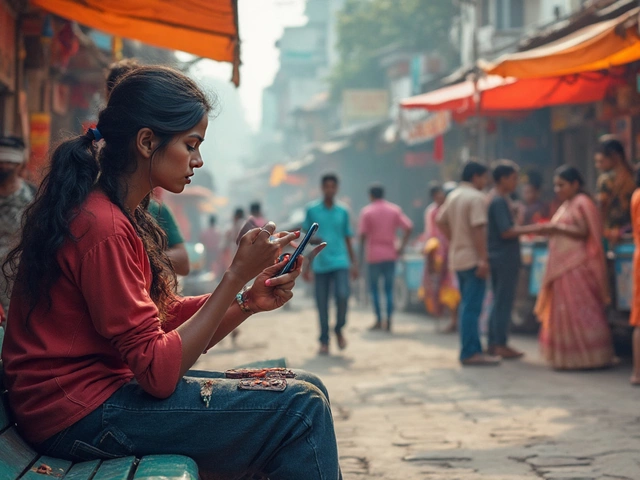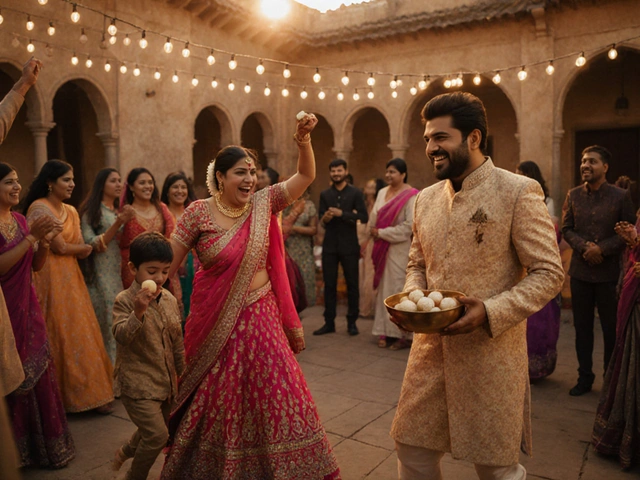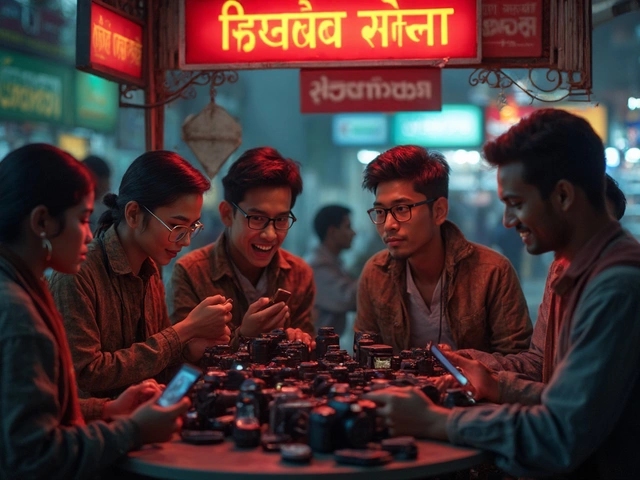Ever wondered if snapping that perfect, unplanned street moment is harmless—or crossing a line? Taking a photo of someone without their permission is called candid photography, but there's more to it, especially in India. The rules here aren’t as straightforward as you’d expect, and what feels like a simple click can get you into unexpected trouble. The term used most often is 'candid photography,' but when privacy is involved, some call it 'unauthorized photography' or even a breach of privacy, depending on the situation.
If you love shooting those unguarded, real-life moments, you're not alone. Lots of photographers—amateurs and pros—love to capture natural reactions. But with India’s mix of traditions and evolving laws, it pays to know where you stand legally. Ever had someone glare at you because you pointed a camera their way? That's not just awkward—it can have consequences if the person feels their privacy is invaded.
Snapping first and asking questions later might seem harmless, but it's worth understanding the difference between a fun shot and a problematic one. Next, let’s break down what actually counts as candid photography and how India’s laws look at these natural, spontaneous clicks.
- What Do You Call It When You Photograph Someone Unknowingly?
- Indian Laws on Privacy and Consent
- Risks and Real-World Stories
- Smart and Respectful Candid Photography Tips
What Do You Call It When You Photograph Someone Unknowingly?
When you take a picture of someone without them realizing, it usually falls under the label "candid photography." People use this term all the time for street shots, event photos, or even daily life snaps. The focus is on catching natural, unposed moments—those little slices of real life. But here’s where things get tricky: if the person in the photo hasn’t given permission, some folks and even the law might call it "unauthorized photography," or depending on what you do with the photo, a "privacy violation."
In the world of candid photography India, the difference is all about intention and use. If you’re just capturing moments for personal memories or artistic projects, most people are okay with it—up to a point. But the second you share, post, or sell those images without asking, opinions and even the law can change.
Check this out—here’s how people see these terms in practice:
| Term | What It Means | When It's Used |
|---|---|---|
| Candid Photography | Catching unplanned, natural moments without posing the subject | Street, weddings, everyday life |
| Unauthorized Photography | Taking pictures without the other person’s knowledge or consent | Crowded markets, public events, sensitive settings |
| Privacy Violation | Using or sharing images in a way that invades someone’s privacy | Publishing, social media, ads |
Sometimes, what’s legal and what’s socially acceptable just isn’t the same. In India especially, people care a lot about personal space and privacy—even in jam-packed cities. So knowing when your "candid shot" turns into "unauthorized photography" matters way more than you’d think. Say you’re in Mumbai, snapping street scenes: tons of photographers do it. But if you’re too close, or the person looks uncomfortable, you’re now in risky territory, both with feelings and the law.
Here's a quick tip: if your photo shows someone in an embarrassing or private context, even in public, it's more likely to cause trouble. Always think about how you’d feel if you or your kid ended up in that frame—trust me, as a dad, perspectives change fast.
Indian Laws on Privacy and Consent
So here's the fact: India doesn’t have one giant rulebook for photography in public, but there are some clear lines about privacy. Back in 2017, the Supreme Court made it official—privacy is a fundamental right. What does that mean for candid photos? If someone feels their privacy got invaded, things can get very real, very fast.
Public spaces like streets, markets, or festivals are usually fair game for candid photography India, but consent gets tricky when you zoom in on someone or capture a private moment. Here are some important details:
- If the photo can hurt a person’s reputation, it might cross into “defamation,” which is a legal hassle under Section 499 of the Indian Penal Code (IPC).
- Sharing someone’s photo without a green light, especially on social media, can be considered a privacy violation. Section 66E of the IT Act, 2000, makes capturing or sharing "private area" images without consent a punishable crime. Fines can go up to Rs. 2 lakh or even land you behind bars for up to three years.
- There’s also Section 354C of the IPC—this deals with “voyeurism.” Shooting or sharing pictures of women in private places without permission is a criminal offense. The law is strict here for good reason.
Get this—most people think snapping random photos is risk-free, but a simple complaint is enough to get the police involved. Especially when it involves children, women, or spaces where privacy is naturally expected (like in temples, inside homes, even in some cafes). Some cities and tourist spots have their own camera rules, too.
| Law/Section | What it Covers | Penalty |
|---|---|---|
| Section 499 IPC | Defamation through photos | Fine or up to 2 years jail |
| Section 66E IT Act | Capturing private images without consent | Fine up to Rs. 2 lakh or up to 3 years jail |
| Section 354C IPC | Voyeurism (capturing women in private settings) | Fine and imprisonment (varies on offense) |
If you want to stay on the safe side, always ask before taking close-ups or sharing someone’s face online. Sometimes, all it takes is a polite, "Hey, do you mind if I click a picture?" to avoid a mountain of trouble later on.

Risks and Real-World Stories
You probably think candid photography is just about quick, honest snaps, but things can get tricky in public, especially in India. If you take someone's picture without asking, you could end up facing more than some dirty looks. In 2017, a famous case shook the street photography community when a Mumbai college student filed a police complaint after her photo was used in a fashion magazine without her consent. The matter blew up fast, and the magazine had to pull the feature and issue a public apology. That’s just one case, but it set a precedent—always double-check before posting or sharing someone's picture online.
Issues can range from awkward confrontations to actual police complaints. According to data from the National Crime Records Bureau (NCRB), reports of privacy invasion involving unauthorized photography have gone up steadily. In 2022, NCRB reported about 1,500 cases countrywide involving digital privacy and misuse of images, which includes candid pictures shared without consent. Social media makes things riskier—once you post, the photo can go viral, and the person in the picture might not be happy.
For photographers shooting in temples, festivals, or on crowded trains, things can get out of hand quickly. I’ve seen a friend get surrounded by family at India Gate after he shot what he thought was a cute candid of a little kid. The family felt their trust was broken, demanded the photo be deleted, and almost called the police. Not everyone will react calmly, especially if children or women are in the shot, since safety and privacy are major concerns.
Here’s a table highlighting some typical risks street photographers face in India:
| Risk | Description | Real Example |
|---|---|---|
| Legal Trouble | Police complaints, fines, or being sued under privacy laws. | Student sues magazine for unauthorized use of her street photo (Mumbai, 2017) |
| Public Confrontations | Aggressive reactions from people who feel violated or exposed. | Family at India Gate demands photographer delete child's photo, threatens police action |
| Online Backlash | Images spread on social media, causing embarrassment or distress. | Viral street shots sparking outrage on Twitter and Instagram (several in Delhi in 2021) |
| Loss of Equipment | Angry crowds or individuals confiscating or damaging your camera/phone. | Cases reported in crowded festivals when people see camera flashes unexpectedly |
One sneaky risk? Local privacy rules vary. Cities like Bengaluru and Mumbai have special guidelines in public places, especially in train stations, airports, and tourist spots. Ignoring these can land you in hot water fast. If you shoot candid photography India style, always stay alert to people’s reactions and respect their wishes. Getting that perfect shot isn’t worth a heated argument or a trip to the police station.
Smart and Respectful Candid Photography Tips
If you want to enjoy candid photography India style without stepping on toes, there are some smart things you can do. In India, people value privacy and personal space—even in busy public places. And after a couple of awkward encounters myself (Kiaan almost hiding behind my leg!), I’ve learned some moves that keep things cool with both your camera and your conscience.
- Ask before you share online: Snapping in public is one thing, but posting someone’s photo on social media is a different ballgame. Always check if they’re okay with it—a simple nod or thumbs up can do the trick.
- Use a zoom lens: If you’re shooting on the street, use a longer lens. This lets you capture honest moments from a distance, so your subjects don’t feel cornered or uncomfortable.
- Blend in: Avoid flashy gear and stay low-key. People act more natural when they’re not distracted by a giant camera setup, and you get less unwanted attention, too.
- Be mindful of children: Taking photos of kids, especially strangers’ kids, is super sensitive. Most parents won’t like it (I know I wouldn’t if someone did that with Kiaan), and in some states it’s illegal without a parent’s okay.
- Respect sensitive locations: Markets, religious places, or government buildings often have strict rules against photography. Look for signs or ask an official before clicking away.
- Know when to delete: If someone objects or looks uncomfortable, just delete the shot. It’s not worth an argument or worse, a complaint.
To show how important this is, check out this table from a 2023 Statista survey showing how people in India feel about photos taken without their permission:
| Response | Percentage |
|---|---|
| Strongly Dislike | 68% |
| Dislike | 14% |
| Neutral | 10% |
| Okay With It | 5% |
| Like | 3% |
See how most people are really not okay with being photographed without their say? When in doubt, just ask. Often, people are more open than you think once you make a little connection. Plus, a quick conversation can lead to better shots and interesting stories behind the smile.
